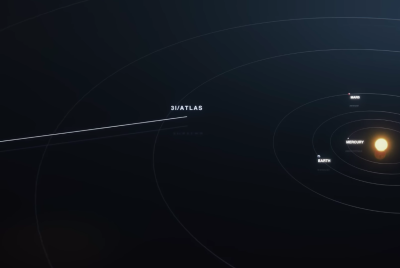Lunar and Martian lava tubes could host planetary bases for visiting astronauts: Study
Scientists believe that lava tubes much wider than Earth's exist beneath the surface of Moon and Mars.
Scientist's investigation of lava tubes on Mars and Moon suggests that it can host as bases for travelling astronauts. The scientists from the European Space Agency and the Universities of Bologna and Padua examined similar tubes found on Earth and theorised that much bigger tubes could be found beneath lunar and Martian surfaces.
According to the press release on Science Daily, scientists' findings based on high-resolution pictures of lava tubes' skylights as taken by interplanetary suggest that these tubes can be found on Earth as well as subsurface of the Moon and Mars. For their study, the speleologists examined lava tubes in Hawaii, the Canary Islands, Australia, and Iceland. Using digital terrain models, also known as DTMs, with the help of satellite stereoscopic images and laser altimetry taken by interplanetary probes they were able to estimate the sizes and morphology of the lava tubes on Mars and moon.
"We then compared these data to topographic studies about similar collapse chains on the Earth's surface and to laser scans of the inside of lava tubes in Lanzarote and the Galapagos. These data allowed to establish a restriction to the relationship between collapse chains and subsurface cavities that are still intact," said Riccardo Pozzobon, a planetary geologist at the Department of Geosciences of the University of Padua.
Researchers found out that the lunar lava tubes are 100 times wider than Earth's, which is not more than 30 meters in diameter. As for Mars, it is 1000 times wider than Earth. the vast difference in dimensions is explained by "lower gravity and its effect on volcanism."
"Tubes as wide as these can be longer than 40 kilometres, making the Moon an extraordinary target for subsurface exploration and potential settlement in the wide protected and stable environments of lava tubes. The latter are so big they can contain Padua's entire city centre," Pozzobon said.
Researchers suggest that the study opens up new avenues for planetary exploration. It also suggests that these lava tubes can provide a safety shield for astronauts from cosmic and solar radiation.
"Lava tubes could provide stable shields from cosmic and solar radiation and micrometeorite impacts which are often happening on the surfaces of planetary bodies. Moreover, they have great potential for providing an environment in which temperatures do not vary from day- to night-time," concludes Francesco Sauro, a speleologist and head of the ESA programmes CAVES and PANGAEA.

The study titled "Lava tubes on Earth, Moon, and Mars: A review on their size and morphology revealed by comparative planetology" is published in the journal Earth-Science Reviews.
© Copyright IBTimes 2025. All rights reserved.





















